Exploring AI Art with Mathias Jansson: From Words to Visuals and Beyond
Mathias Jansson has been an active voice in the AI arts community, contributing both his artistic work and his thoughts as a writer and AI artists. He’s always engaged in exploring what AI can do for creativity and regularly shares his views on the evolution, possibilities, and limitations of this emerging field. As one of the winners of our recent competition, Mathias brings a perspective shaped by his own journey and continued experiments in AI art. In this interview, he talks about his creative process and how he sees AI transforming the way we think about art.
Hi Mathias! To start off, we’d love to get to know you better. Could you tell us a bit about yourself and how your experiences and interests have shaped your journey as an artist? What’s the best way you feel to intro duce yourself and share what drives your creativity?
I am essentially a writer and not a visual artist from the beginning. My creative expression is text, and over the years, I have written quite a few texts in various genres such as art criticism, essays, poems, dramas, and short stories. But my texts are often visual; they start from an image, an environment, or a scenario. However, I have never had the artistic talent to create images by drawing or painting. I have, of course, dabbled a bit with Photoshop and other image tools to create collages and the like, but I have never been quite satisfied with the results. AI tools that create images from texts have proven to be perfect for me as I get to use my ability to build images with the help of texts. It is the unexpected, experimenting and seeing what images an AI can create from the ideas I have that I want to explore. Surprisingly often, the results are very good and images that I like, so it is a fruitful collaboration between me and the AI.
I have studied art history at university and work in the art field, so I am well-acquainted with older artworks. The choice of an egg yolk was somewhat accidental. I experimented with various classical motifs such as landscapes, portraits, and still lifes, adding elements that don’t belong to the time period or are somewhat absurd. The egg yolk fits so well with its sharp yellow color and fluid substance. Creating people with an egg brain, where the skull is like a cracked shell revealing the egg inside and dripping down the face, turned out to be very visually effective, but also quite an absurd and surreal image. The egg also has a long historical symbolism in art and culture, offering many associations and interpretations. As I mentioned, I am not a visual artist, and I don’t think I would have been able to create these images without the help of AI.
As an artist, you want to explore the limits of what the technology can do and see if you can crack the code and get the technology to do something it wasn’t originally intended to do. Poetry prompts can be one way to do that.
In your work with “Prompt Poetry”, you’ve been challenging AI models with poetic and even nonsensical prompts to break away from clichés. What insights have you gained about the relationship between language and image in AI art? How has this experimentation influenced your views on creativity and the limitations of current AI technology?
An AI model creates images or texts based on a statistical model or algorithm, which predicts what is most likely to be the next part of the pattern. The more training data there is on a cat, the better an AI can create an image of a cat. But as a creative person, you might not want a perfect picture of a cat; there are already millions of cat pictures on the internet. You often want to create something else, something unexpected and unique. I am therefore fascinated by how you can put together unexpected descriptions and see how the AI interprets them. Poetry often has a language with unexpected word combinations and uses metaphors that are ambiguous, so in the article you refer to, I tried to create images based on various well-known poems to see how the AI model would interpret unexpected word combinations. As an artist, you want to explore the limits of what the technology can do and see if you can crack the code and get the technology to do something it wasn’t originally intended to do. Poetry prompts can be one way to do that.
You’ve expressed concerns about the potential decline of AI models learning from AI-generated content -the “Habsburg AI” effect- as well as the narrowing creative possibilities of AI art due to commercial constraints and homogenisation. How important do you think human creativity is in preventing this kind of ‘model collapse’, and how do you personally deal with these limitations in your work? What can artists and the AI community do to keep AI-generated art diverse and original, and continue pushing the boundaries in spite of these challenges?
There is an inherent paradox in this paradigm shift with generative AI. For AI to be able to create texts, images, and music, there needs to be an enormous amount of training data created by humans. Essentially, all human creativity on the internet has already been used to train the models, but for the models to continue developing in the future, even more data is needed. The problem is that a lot of AI art is now being created because it is easy and fun to do, but studies have shown that if AI models are trained on generative AI, it leads to a kind of inbreeding in the system, and the images and texts become very strange over time. As an artist, it would of course be exciting to see these absurd and surreal images that the model could create. It’s a bit like when AI created images of people a few years ago, and they had multiple fingers on their hands, and parts of the body merged with other parts. But commercially, I don’t think companies want to pay for art that creates strange advertising images or illustrations.
Since the major AI companies often use other artists’ material without paying for it, they are undermining many creative people’s ability to make a living from their creativity. Many professional roles will likely be replaced by AI in the future, such as illustrators, designers, and photographers. The question is how AI companies will secure the economy for those who create creative things today and guarantee the growth of a new creative generation. Without new creative people creating exciting new images, texts, and music, AI models will not be able to develop. There is a kind of symbiosis between creative people and AI companies that doesn’t seem to be understood and is crucial for their continued existence. Otherwise, there is a risk that we will have an AI bubble when development stagnates due to a lack of training data.
I personally find that the commercial models I use, mainly DALL-E, are starting to become a bit boring and uniform. It has become increasingly difficult to create images that stand out from the enormous flow of AI images being created today. There is a specific AI style that you learn to recognize after a while, and I would like to move away from that. Therefore, I believe that many artists will seek to move away from commercial platforms with all their limitations and train their own models with their own data to experiment with and create a completely new form of images.
Considering how rapidly AI has developed since the hype of 2022 and 2023, how do you see your artistic career unfolding? What are your future goals, and how might these advancements influence the direction of your work? Will AI continue to be a central part of your creative journey, or are you exploring new horizons?
This ties a bit into the question of Habsburg AI. The development is rapid, and the models are getting better at creating perfect images, which for me is a disadvantage. I want imperfect, strange, creative, and odd images, not hyper-realism. As it stands, I feel like I am at a crossroads, trying to find models that have greater freedom and more creative space to create different images that don’t look like everyone else’s or find another creative expression. AI film is still in its infancy, and there you can still get odd and unexpected results that are both fun and exciting to explore. I have started to explore it, so we’ll see what happens in the future.
The age of the elephant, 2024
For those who are just starting out in AI art, what advice would you offer? Are there any pitfalls to avoid or tips you’d like to share to help newcomers navigate and embrace this exciting field?
Have fun, experiment, try to be creative, think outside the box, create many images in different styles. Don’t try to describe the perfect image but be a bit poetic in your prompt. Use unexpected word combinations, and you’ll get the most exciting and interesting results.

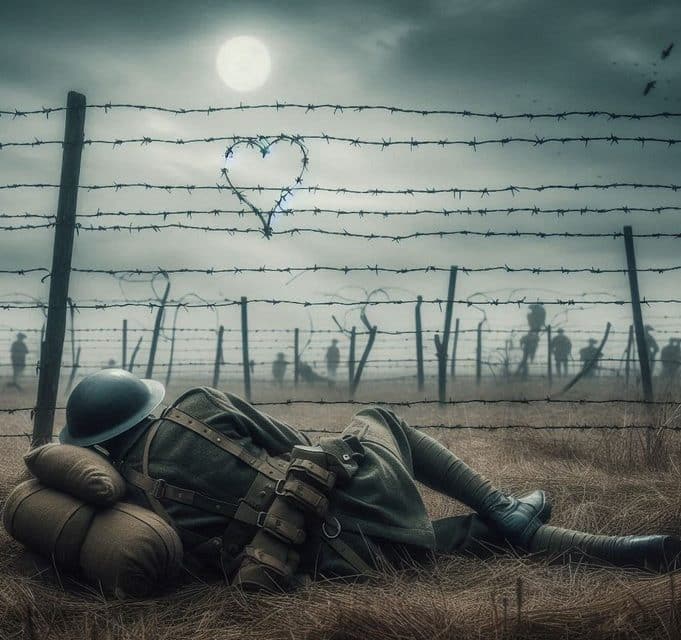
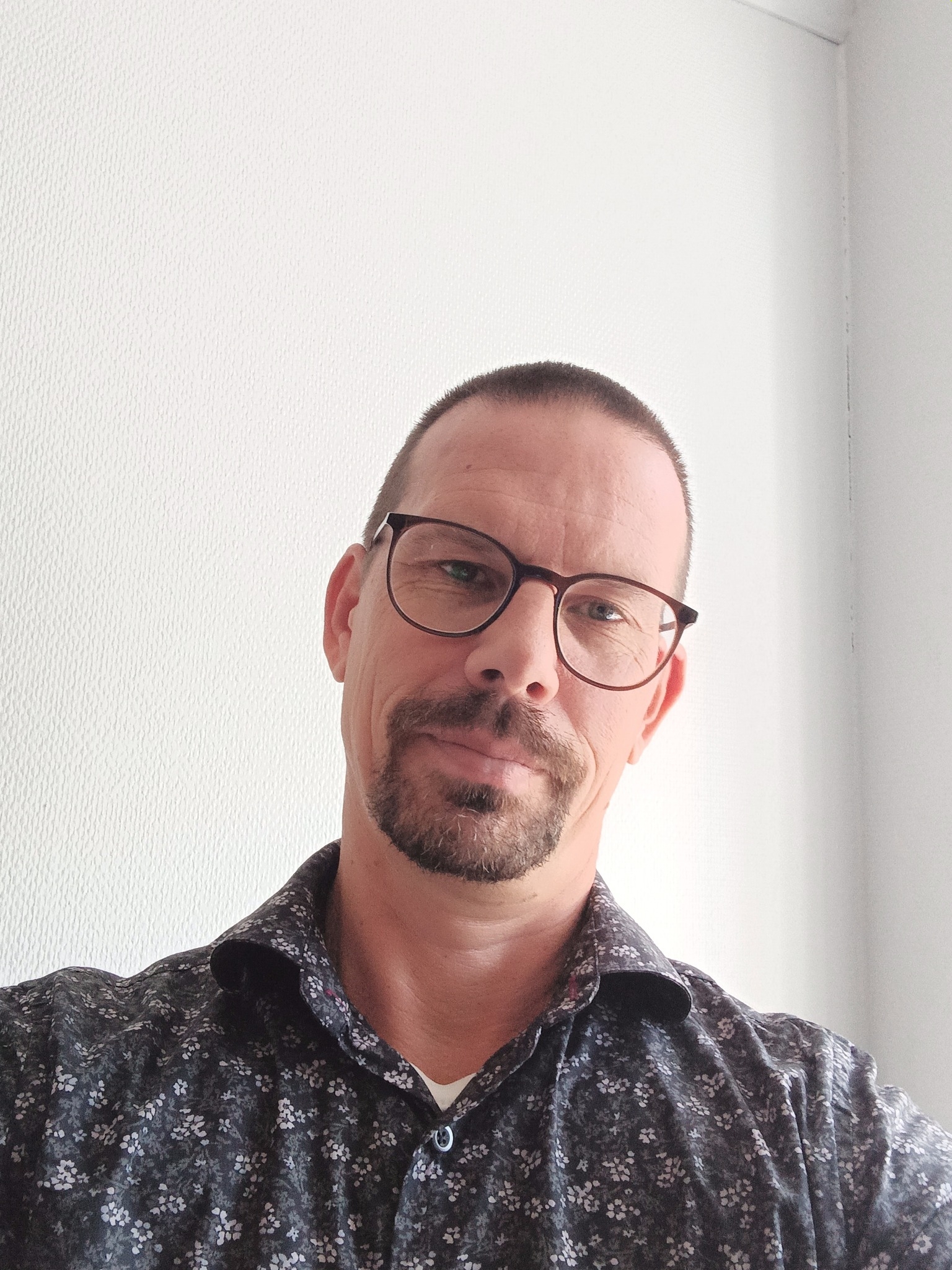


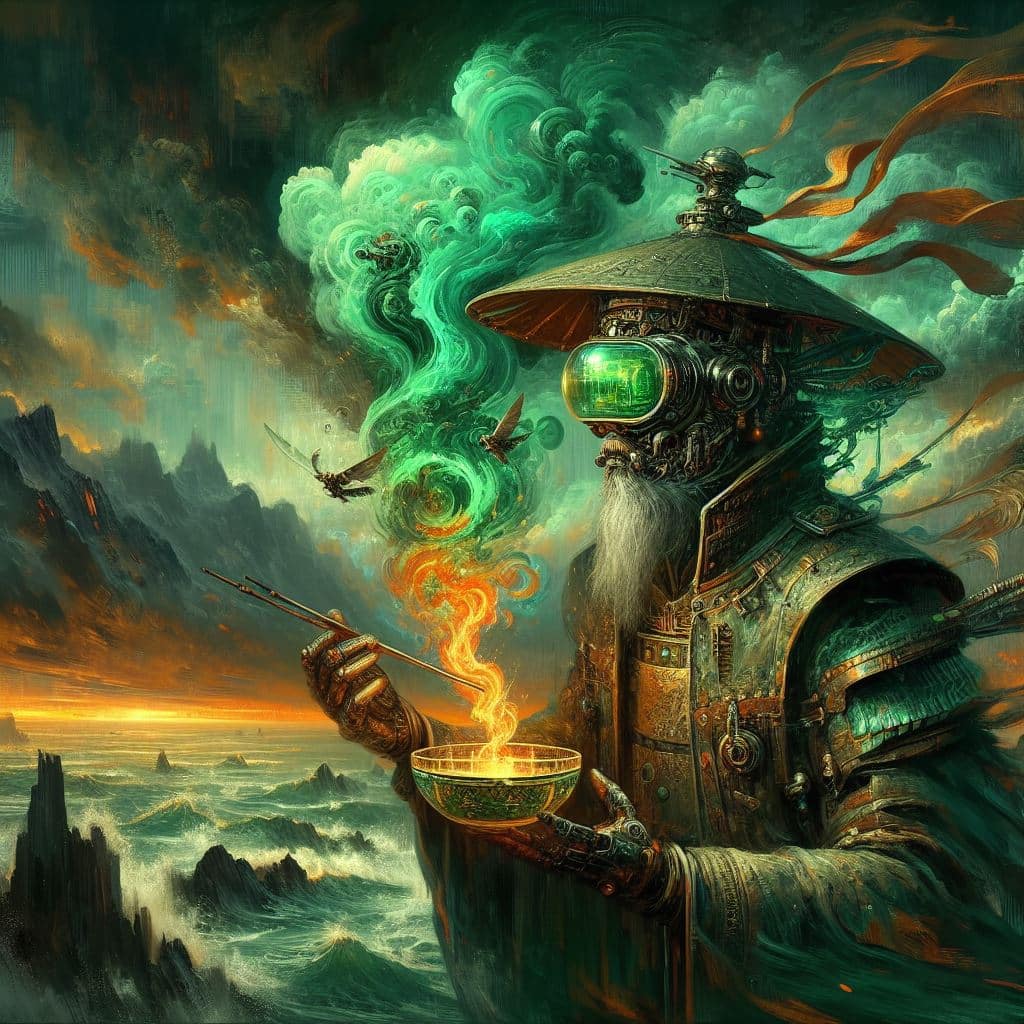
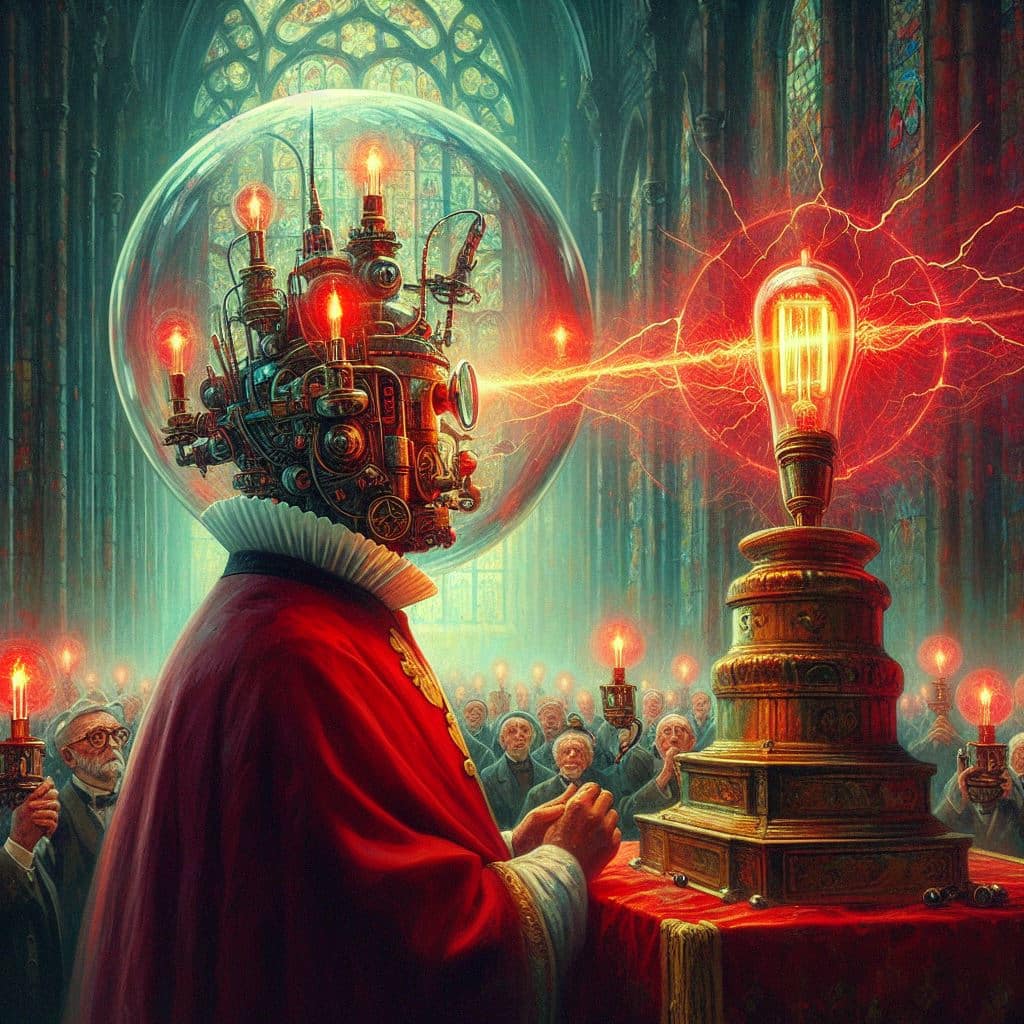
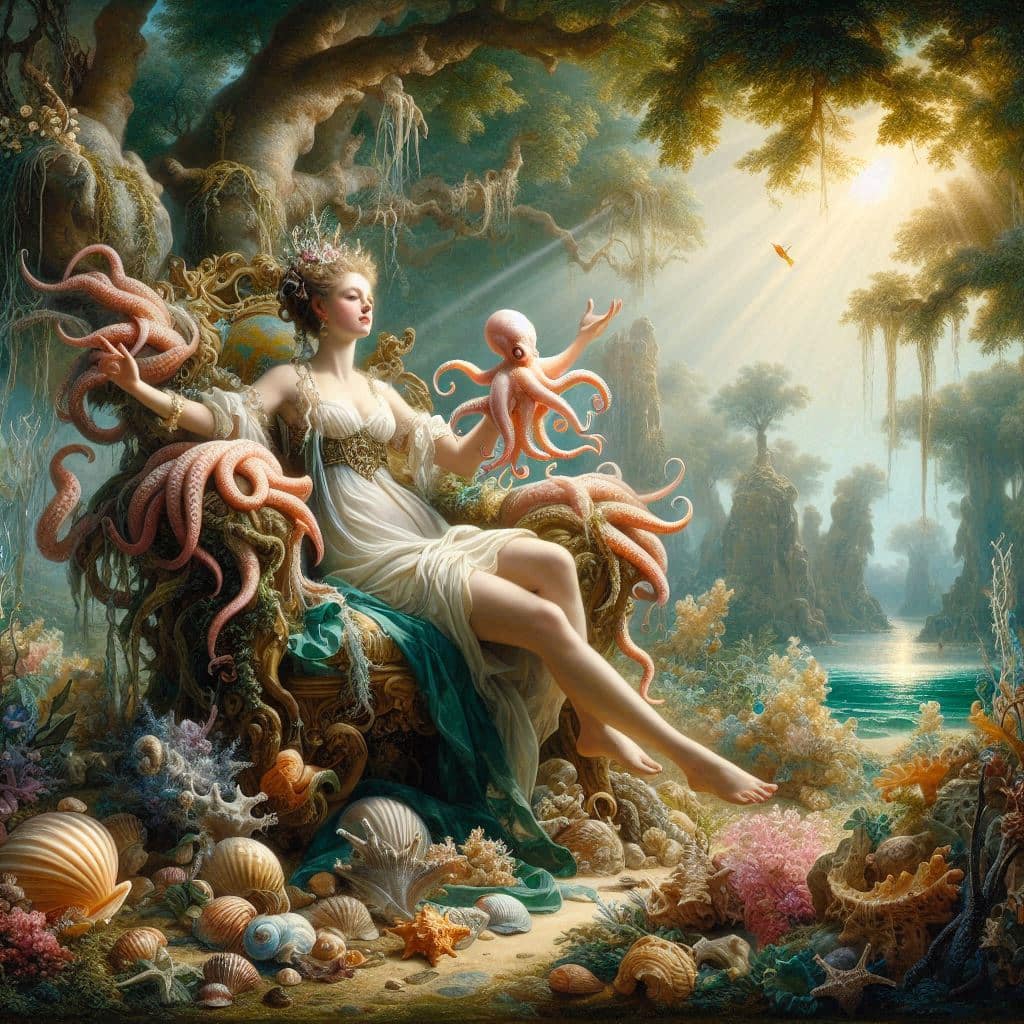
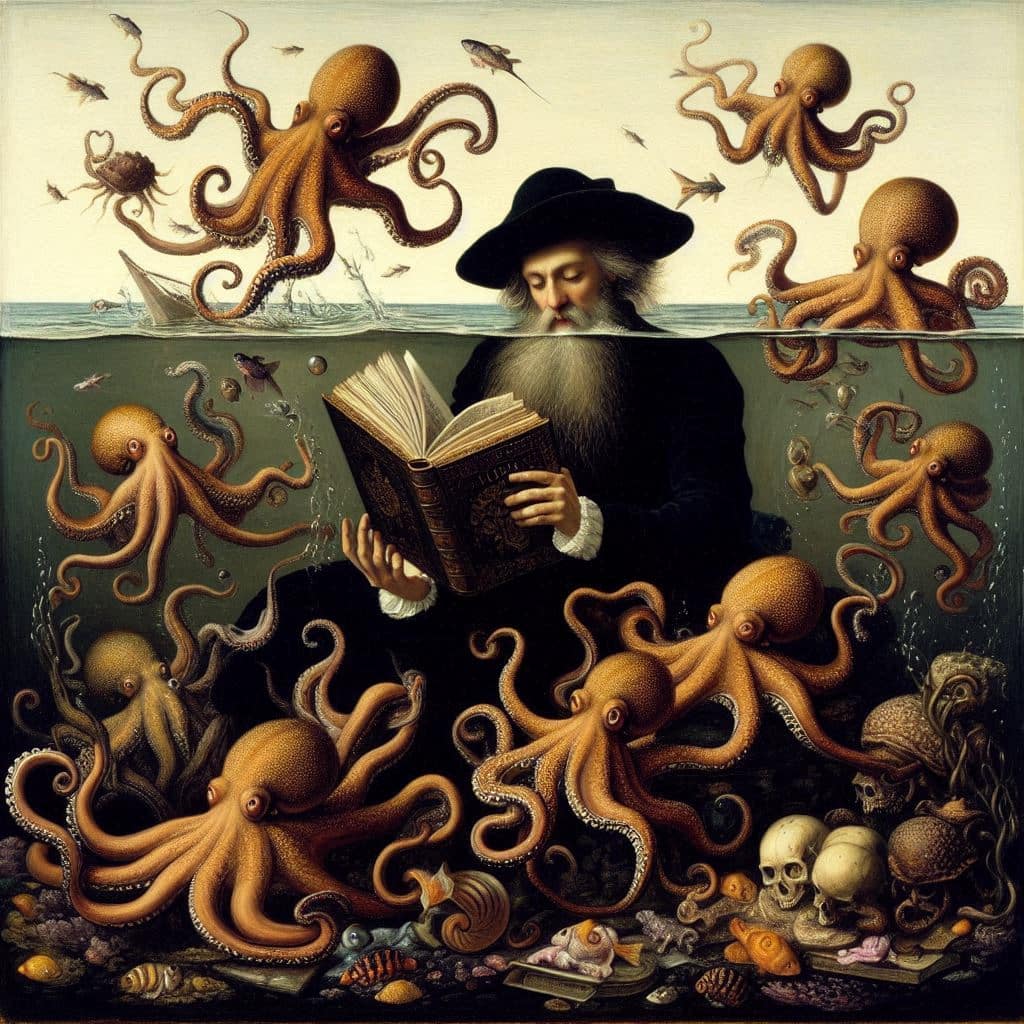

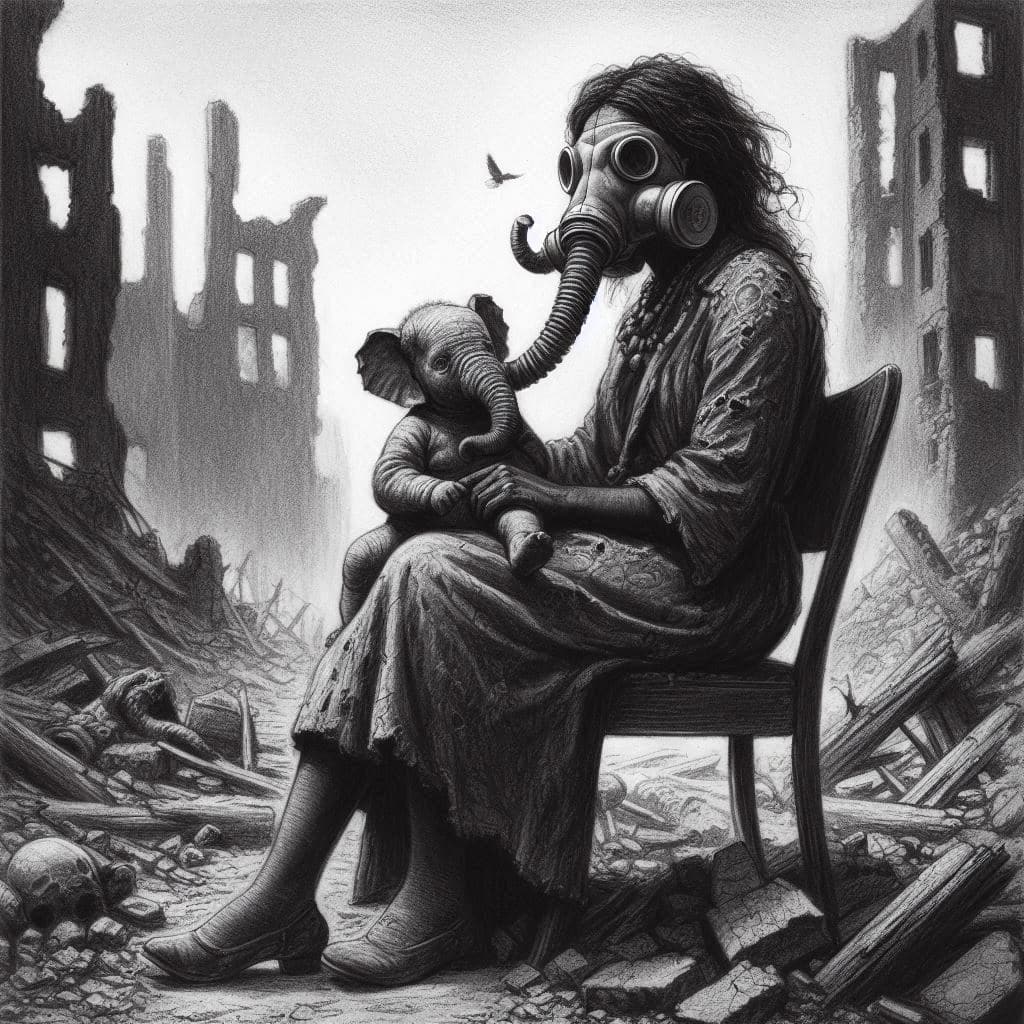
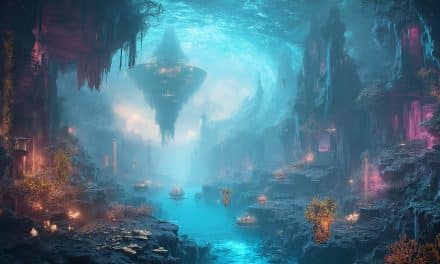

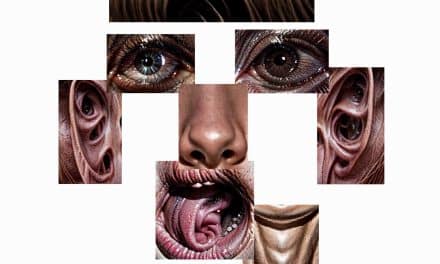
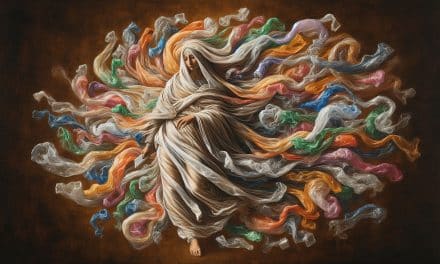
Comments